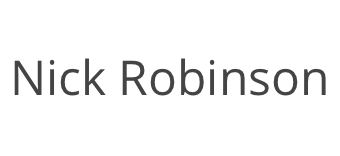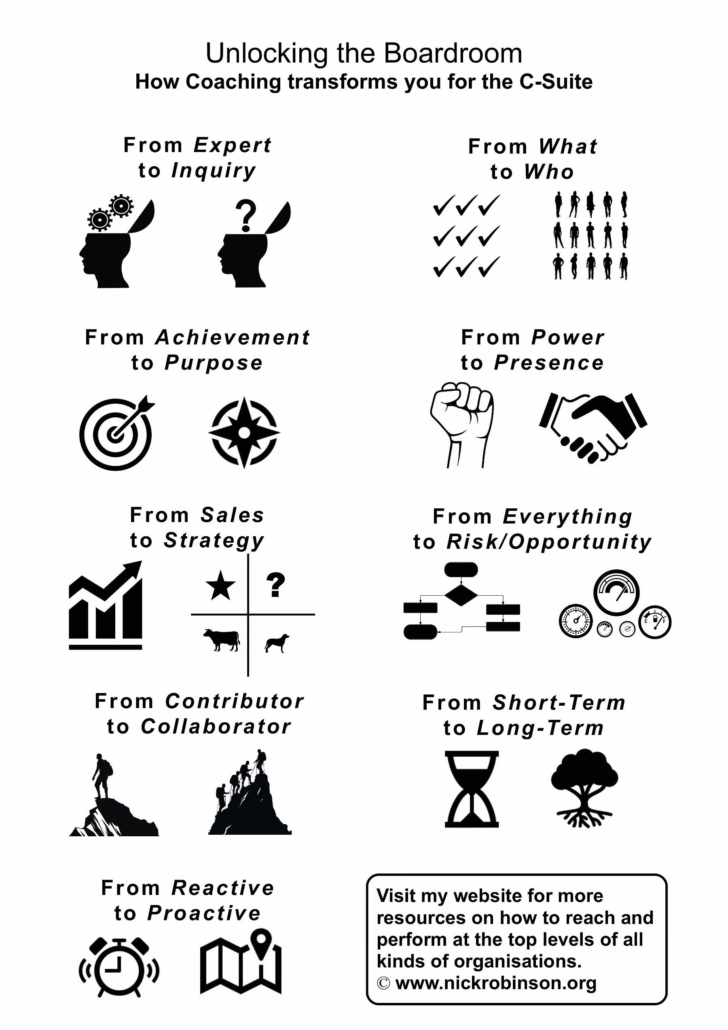Unlock your leadership potential with my step-by-step guide. From self-assessment to continuous learning, discover my keys to your success at work.
Leadership development strategies are crucial for executive success.
They equip leaders with the necessary skills and knowledge to guide their teams effectively, drive organisational growth, and adapt to changing business landscapes.
Without leadership development, executives risk stagnation, decreased team performance, and ultimately, a decline in organisational success.
Here are the key steps to take
Step 1: Self-Assessment
Self-assessment is the foundation of leadership development.
It involves a critical evaluation of one’s strengths and weaknesses. This introspection helps identify areas for improvement.
- An executive might use tools like 360-degree feedback or personality assessments to gain a comprehensive understanding of their leadership style and areas that need improvement.
Step 2: Setting Leadership Goals
Goal setting is a pivotal step and the GROW model is a good one to use when setting out on the developmental journey.
The GROW model involves setting a Goal, understanding the current Reality, exploring Options, and determining the Will to achieve the goal.
- An executive aiming to improve their communication skills might set a specific goal to deliver clear and concise team briefings (Goal), acknowledge their current tendency to provide too much information (Reality), explore options like communication workshops or coaching (Options), and commit to practicing concise communication in daily meetings (Will).
Step 3: Seeking Feedback
Feedback is a valuable resource for leadership development.
It provides insights into how others perceive your leadership style and effectiveness. Constructive feedback can guide your development process.
- An executive might implement a regular feedback system, such as anonymous surveys or open feedback sessions, to gain insights into their team’s perception of their leadership style and identify areas for improvement.
Step 4: Investigating Development Opportunities
Exploring leadership development opportunities supported by your organisation is crucial.
These programs, along with other opportunities like secondments and volunteering, provide practical leadership experience.
- An executive might participate in a company-sponsored leadership workshop or seek a secondment opportunity in a different department, or even to a supplier or third-sector organisation, to gain a broader perspective and enhance their leadership skills.
Step 5: Raising Awareness of Others
Understanding others is a key aspect of emotional intelligence in leadership.
This involves recognizing others’ motivations and values, which can enhance team dynamics and effectiveness.
- An executive might conduct regular one-on-one meetings with team members to better understand their motivations, career aspirations, and values, and then tailor their leadership approach to better align with these insights.
Step 6: Implementing Coaching and Mentoring
Coaching and mentoring play a significant role in leadership development.
These relationships provide personalized guidance and feedback, enhancing your leadership skills.
- An executive might engage a professional coach to refine their communication skills, and also mentor a junior employee themselves. Which not only provides a fresh perspective but also helps in developing their leadership skills through teaching.
Step 7: Practising Leadership Skills
Practice is essential for honing leadership skills.
New skills and behaviours should be practised in a safe environment to encourage growth and development.
- An executive might practice their decision-making skills by taking the lead in smaller projects before taking on larger, organisation-wide initiatives.
Step 8: Reflecting on Progress
Self-reflection can be an information-rich part of leadership development.
It involves reviewing your progress, learning from experiences, and making necessary adjustments.
- After a major project, an executive might conduct a reflective session, analysing the project’s successes, challenges, and their personal performance, to identify lessons learned and plan for future improvements.
Step 9: Continuous Learning
Leadership development is a journey of continuous learning rather than a destination.
Staying updated with the latest leadership trends and theories can provide new insights and strategies.
- An executive might commit to reading a new leadership book each month, subscribing to relevant industry podcasts, or attending annual leadership seminars to stay abreast of new developments in leadership theory.
The journey of leadership development is a continuous and rewarding process.
Each step you take not only brings you closer to becoming a more effective leader but also contributes to the success of your team and organisation.
The key to executive success lies in continuous learning, adaptation, and the courage to step out of your comfort zone. Embrace this journey with an open mind and a committed heart, and watch as you transform not just yourself, but your entire organisation.







